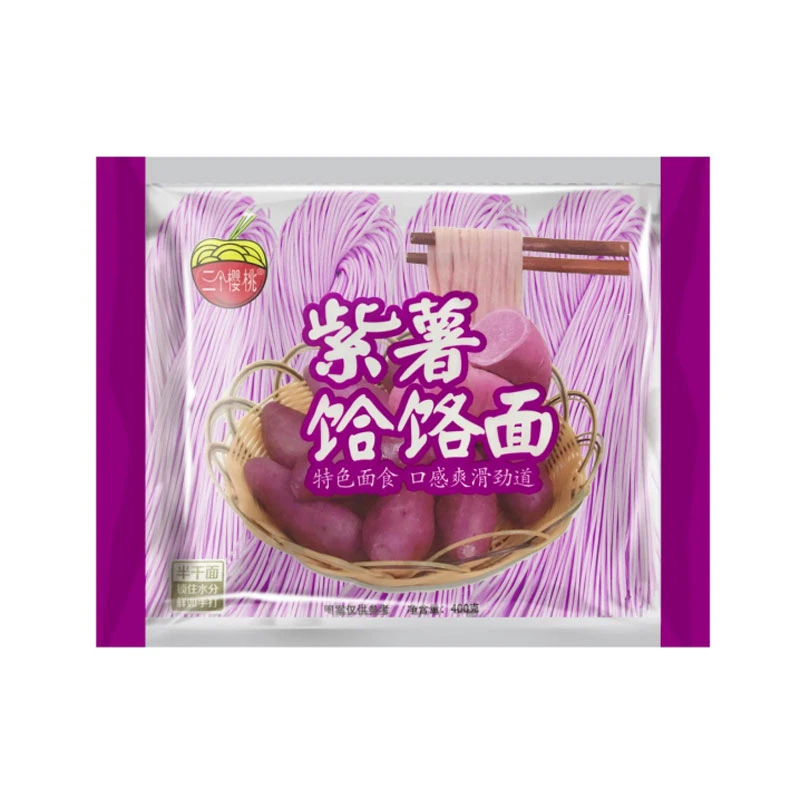liang mian
The Art of Liang Mian A Culinary Journey through Delicious Noodles
Liang Mian, or “cold noodles,” is a beloved dish that embodies the essence of Chinese culinary tradition. Known for its refreshing qualities, especially in hot summer months, Liang Mian offers a delightful blend of textures and flavors that showcases the creativity and diversity of Chinese cuisine. This article explores the origins, ingredients, preparation methods, and cultural significance of Liang Mian.
Origins and Cultural Significance
Liang Mian is believed to have originated in the northern regions of China, where wheat is a staple crop. Its roots can be traced back to ancient Chinese noodles, which were first documented in texts dating back over 4,000 years. Over the centuries, Liang Mian has evolved into various regional styles, each with its own unique twist. Today, it is popular across the country and can be found in countless variations, reflecting the local tastes and ingredients.
In Chinese culture, food holds significant social and familial importance. Liang Mian is often enjoyed during hot weather, as its cold-serving nature provides a refreshing contrast to the heat. Families gather to prepare and enjoy this dish, making it a symbol of togetherness and shared traditions.
Key Ingredients
The fundamental ingredient in Liang Mian is, of course, the noodles. Typically made from wheat flour, they are thin, chewy, and can come in various shapes. Some regions prefer a flat noodle, while others opt for rounded versions. The choice of noodle can greatly impact the dish's texture.
Accompanying the noodles are a variety of ingredients that add flavor and nutrition. Common additions include shredded cucumbers, carrots, and bean sprouts, which add crunch and freshness. Protein elements, such as shredded chicken, boiled eggs, or tofu, are often included to create a well-rounded meal.
The secret to Liang Mian's deliciousness lies in its sauce. A traditional Liang Mian sauce may consist of soy sauce, vinegar, sesame oil, and chili oil, blended to create a perfect balance of savory and tangy flavors. Some variations incorporate garlic, ginger, or ground peanuts, elevating the dish's complexity.
liang mian

Preparation Method
Making Liang Mian at home can be both simple and rewarding. Start by cooking the noodles until they are al dente and then rinse them under cold water to halt the cooking process. This step is crucial, as it enhances the chewy texture that Liang Mian is known for.
While the noodles are cooling, prepare the sauce by mixing the ingredients together in a bowl. Adjust the seasoning to personal preference; some enjoy a spicier kick while others prefer a more subtle taste. Next, chop the vegetables and protein of choice, laying them out ready for assembly.
Once the noodles are cool, place them in a serving bowl and top with the prepared vegetables and protein. Drizzle the sauce generously over the top, and toss everything together before serving. For a final touch, sprinkle with toasted sesame seeds or chopped scallions.
A Dish for All Seasons
While Liang Mian is particularly refreshing in summer, its versatility allows it to be enjoyed year-round. In colder months, warming variations may include a hot broth, transforming Liang Mian into a hearty noodle soup.
With its vibrant colors and tantalizing flavors, Liang Mian not only satisfies hunger but also strikes a visual feast. Its ability to adapt to various tastes and occasions makes it a perennial favorite among many.
In conclusion, Liang Mian is more than just a dish; it is a celebration of culture, tradition, and community. Whether enjoyed at a family gathering, a casual summer picnic, or a gourmet restaurant, Liang Mian remains a cherished delicacy that continues to bring people together, one delicious bite at a time.
-
The Wholesome Delight of Organic NoodlesNewsAug.15,2025
-
The Vibrant Delight of Spinach NoodlesNewsAug.15,2025
-
Savor the Spicy Delight of Hot Pot NoodlesNewsAug.15,2025
-
Savor the Chill with Irresistible Cold NoodlesNewsAug.15,2025
-
Indulge in the Authentic Delight of Udon NoodlesNewsAug.15,2025
-
Dive into the Delicious World of Cart NoodlesNewsAug.15,2025
-
Unlock the Delicious Potential of Yam NoodlesNewsAug.11,2025
Browse qua the following product new the we







